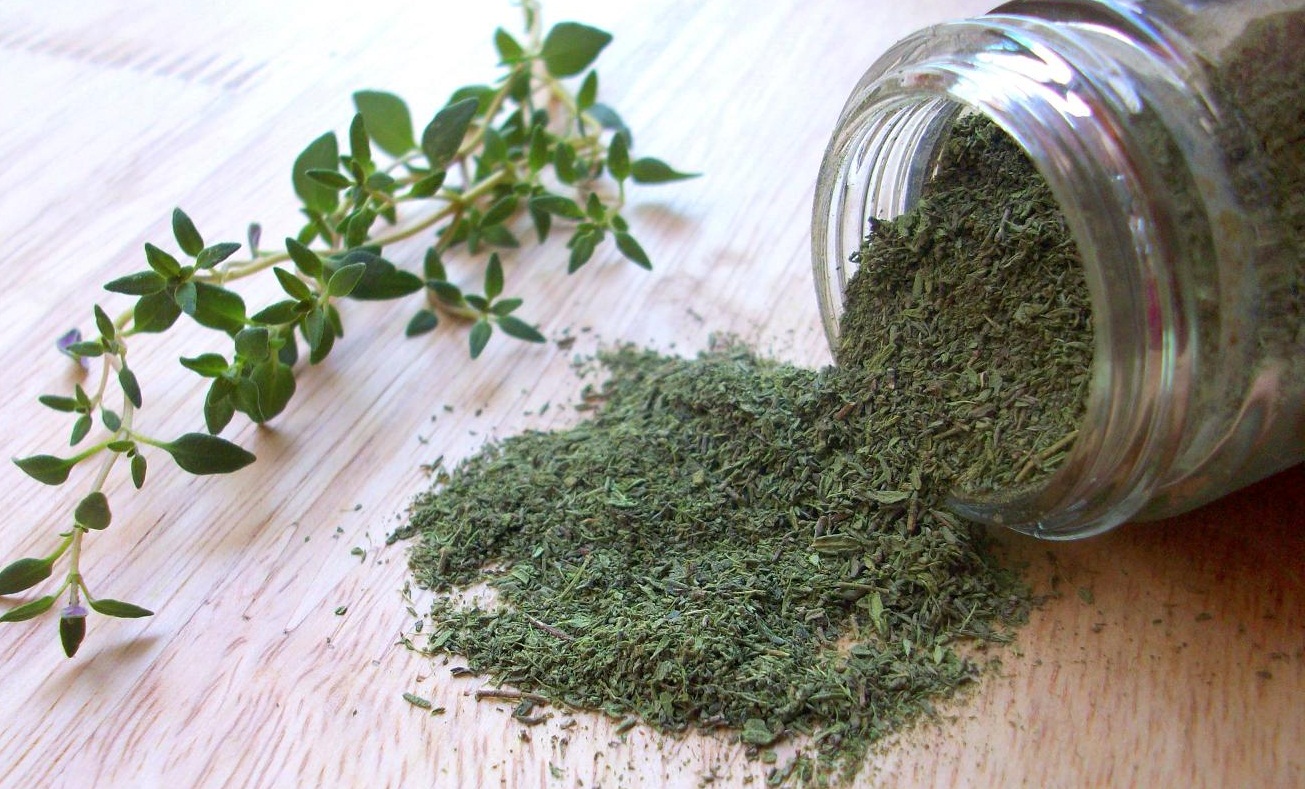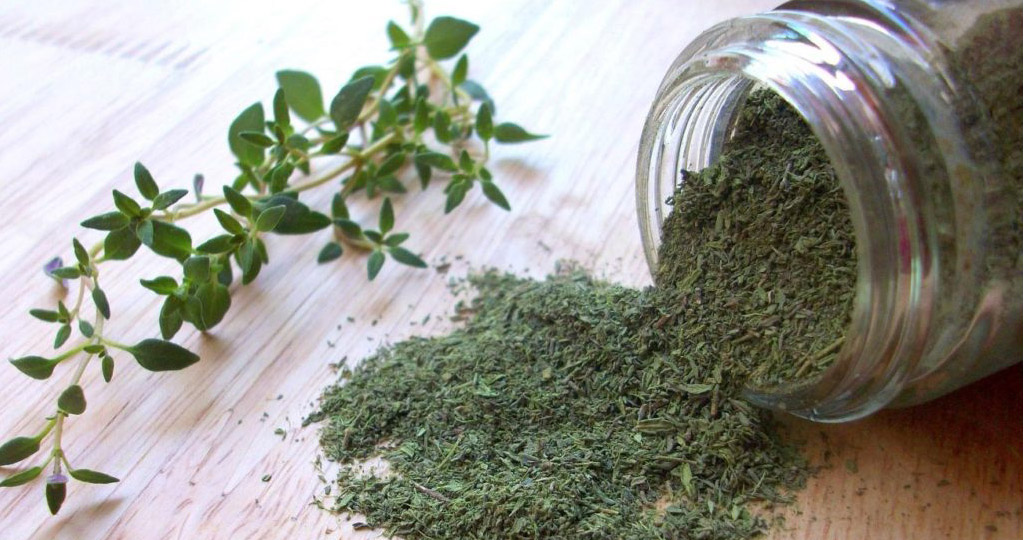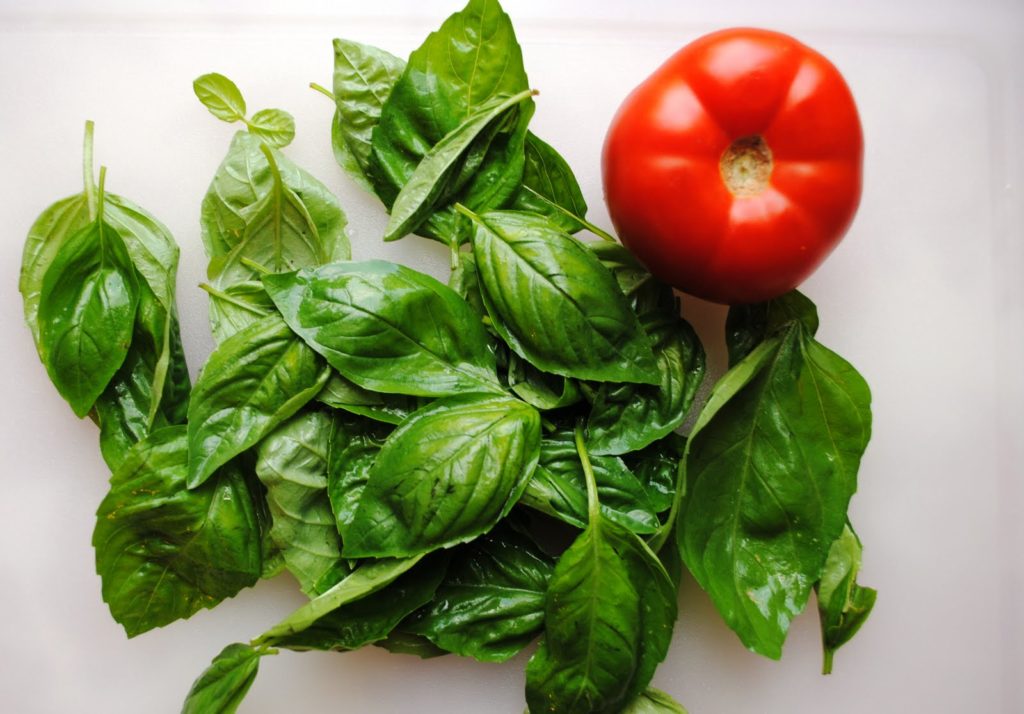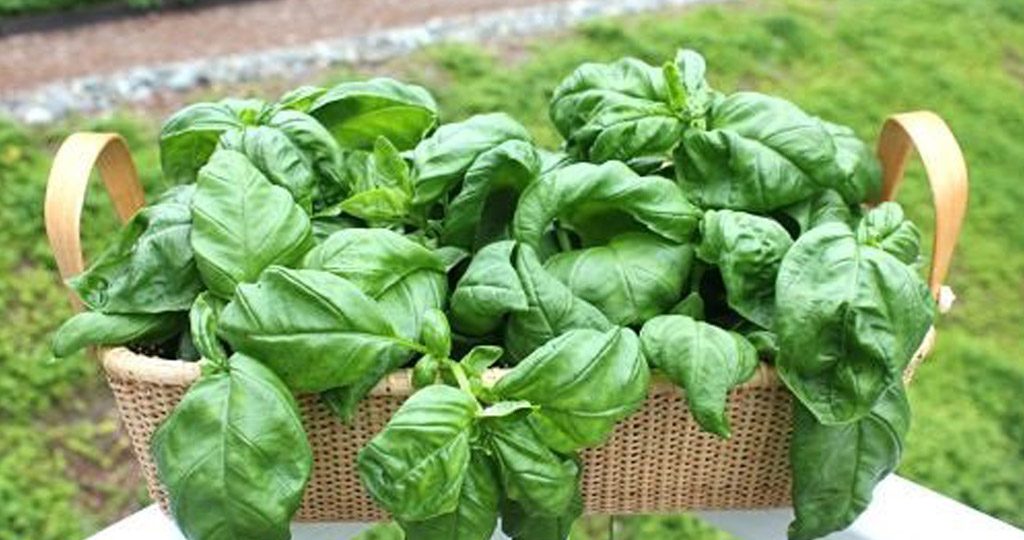Herbs add magical and prominent flavors to dishes. Fresh herbs can take a dish from good to great. Imagine Pesto without Basil or Salsa without Cilantro! Be it a pinch or a bunch, herbs have the power to pull a recipe together by infusing the dish with supreme aromas and flavors. Sometimes, you might seek a subtle effect, the other times you might require handfuls of these herbs to make your dishes tastier and more flavorsome. Here’s a quick guide on how to use some of the widely used fresh herbs –
Basil
Closely related to mint, Basil has a sweet, peppery, floral anise-like flavor. It is one of the most popular culinary herbs used around the world. There are two main kinds of Basil – Sweet Basil and Asian Basil. Sweet Basil pairs naturally with tomatoes, but it can be used with almost every type of meat or seafood. Asian Basil is commonly used in soups, stir-fries, and fresh curry pastes. Basil is usually available in both fresh and dry forms. Fresh basil is usually stored in a jar, counter top for 7-10 days and dry Basil is available all year round.
Parsley
Parsley is one of the most common and versatile herbs. No refrigerator should be without Parsley, as it can go in about every dish you make. It has a mild, grassy flavor that helps other components of the dish to come through. Parsley compliments other seasonings and is widely used in salads, sauces and also used for garnishing. Curly Parsley is decorative and hence used mostly for garnish, whereas its brother, flat-leaf Parsley or Italian Parsley has the best texture for cooking as it stands up better to heat and has more flavor. Parsley is usually available in both fresh and dry forms. Fresh Parsley can be refrigerated in a jar for about 7-10 days and dry Parsley can be bought throughout the year.
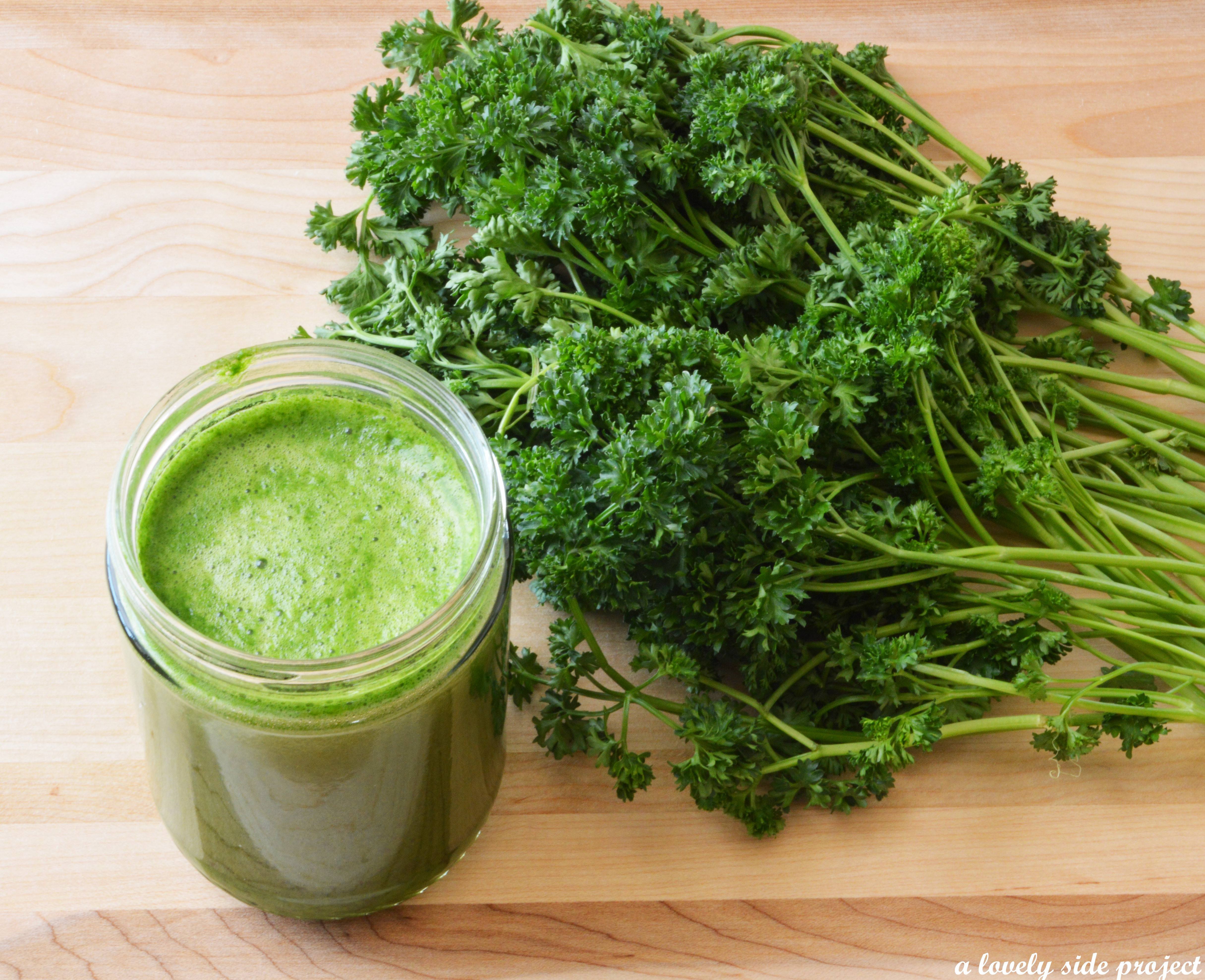
Rosemary
The woody, pungent Rosemary’s spiky leaves can be used fresh or dried for long brewing in soups, stews, and sauces. Its needle-like leaves have pronounced lemon-pine flavors and go well with olive oil and garlic. Rosemary is a very aromatic and strong herb and hence should be added in the beginning of the cook. It can be stored for about a week in the fridge either in a plastic bag or stems down in a glass of water with a plastic bag around the top.

Sage
The very woody Sage is native to the Mediterranean and is widely used for stuffing. Other uses of the herb can be in dishes with potatoes, cheese, beans or in the classic Sage and brown butter sauce. Sage’s long, narrow leaves have a distinctively fuzzy texture and mildewed flavor redolent of eucalyptus, cedar, lemon, and mint. Sage can be quite overwhelming and should be used in properly measured quantities in any dish. The best way to store Sage is to roll it in a damp paper towel and refrigerate it for 10-14 days but you can also easily buy it in the dry form from any grocery store.
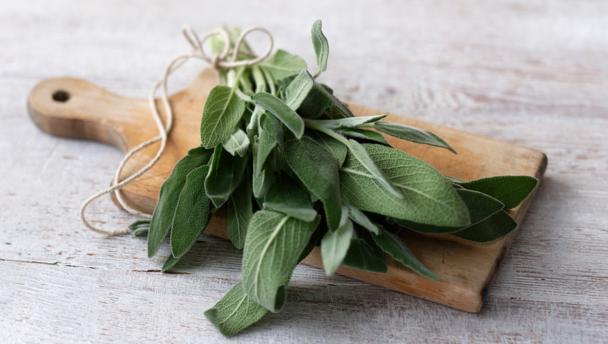
Thyme
Thyme is a very popular herb and can be paired with nearly any meat, fish or vegetable. It has dozens of varieties and pairs well with Rosemary, Sage, Parsley and Oregano. There is a hint of earthiness and mint to the Thyme leaves which accentuate the taste of your dishes. To use fresh Thyme, peel off as many of the leaves as you can from the woody stem by running your fingers along the stem. The leaves are really small hence require no chopping. Fresh Thyme, like Sage, should be rolled in a damp paper towel and stored in the fridge for about 10-14 days or like all of the other herbs can be bought in the dry form.
